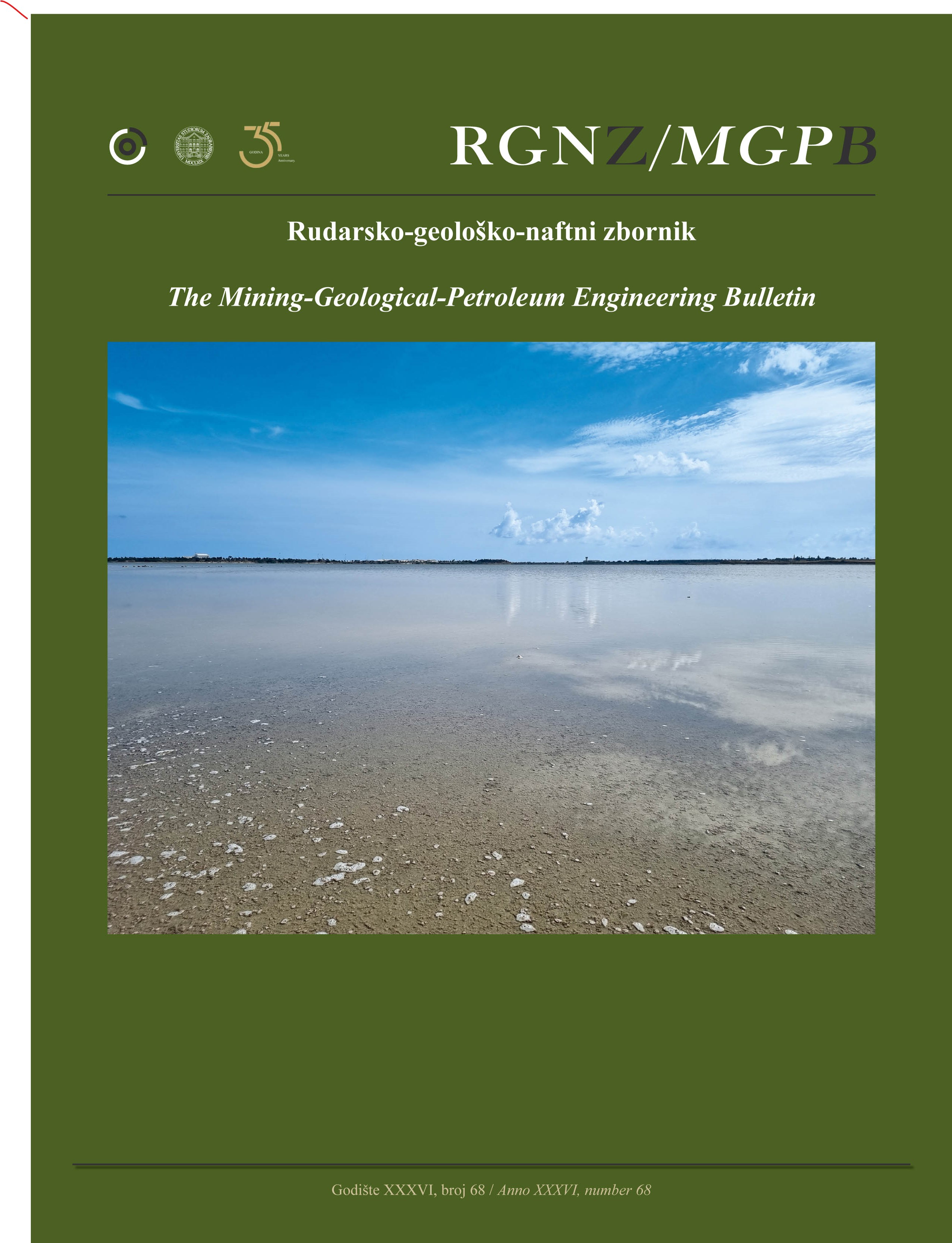Zonation of Seismic Vulnerability Levels in South Bengkulu Regency, Indonesia for Disaster-Based Regional Planning
DOI:
https://doi.org/10.17794/rgn.2024.2.11Keywords:
earthquake, disaster risk, seismic vulnerability, South Bengkulu; IndonesiaAbstract
The accurate prediction and prevention of earthquakes remains challenging. Consequently, the primary approach to mitigate the impact of earthquakes is through disaster risk reduction efforts. One significant strategy involves conducting seismic vulnerability analyses based on disaster scenarios. This study aims to identify and map areas with varying levels of seismic vulnerability, analyzing the factors contributing to vulnerability in the South Bengkulu Regency. Secondary data, including peak ground acceleration (PGA) values, were collected, along with microtremor data obtained through the Horizontal to Vertical Spectral Ratio (HVSR) method. The recorded microtremor data serve as input parameters for PGA, Modified Mercalli Intensity (MMI), Seismic Vulnerability Index (Kg), shear wave velocity (Vs), and the time-averaged shear wave velocity for the first 30 m depths (Vs30) values. The findings reveal that, overall, seismic vulnerability in the South Bengkulu Regency can be categorized as low. However, specific areas, particularly in the southwestern and northeastern zones, exhibit relatively higher levels of vulnerability. The heightened vulnerability in these areas is attributed to elevated PGA values, despite the region's generally high soil density, which acts as a mitigating factor against earthquake threats.
Downloads
Published
How to Cite
Issue
Section
License
Copyright (c) 2024 Arif Ismul Hadi, M Farid, Lindung Zalbuin Mase, Refrizon, Shela Basaria Purba, Darmawan Ikhlas Fadli, Erlan Sumanjaya

This work is licensed under a Creative Commons Attribution 4.0 International License.
Creative Commons-BY
Authors who publish with this journal agree to the following terms:
In agreeing this form, you certify that:
- You read the ethical codex of the RGN zbornik available at journal web.
- You submitted work is your original work, and has not previously been published and does not include any form of plagiarism.
- You own copyright in the submitted work, and are therefore permitted to assign the licence to publish to RGN zbornik.
- Your submitted work contains no violation of any existing copyright or other third party right or any material of an obscene, libellous or otherwise unlawful nature.
- You have obtained permission for and acknowledged the source of any illustrations, diagrams or other material included in the work of which you are not the copyright owner.
- You have taken due care to ensure the accuracy of the work, and that, to the best of your knowledge, there are no false statements made within it.
- All co-authors of this submitted work are aware of, and in agreement with, the terms of this licence and that the submitted manuscript has been approved by these authors.
Publication licence
You retain copyright in your submitted work, according to journal license policy (CC-BY). By signing this form you agree that RGN zbornik may publish it under the publication licence. In summary the licence allows the following:
Anyone is free:
- To copy, distribute, display, and perform the work.
- To make derivative works.
Under the following conditions:
- The original author must always be given credit.
- The work may not be used for commercial purposes.
- If the work is altered, transformed, or built upon, the resulting work may only be distributed under a licence identical to this one.
Exceptions to the licence
In addition to publishing the work printed under the above licence, RGN zbornik will also enable the work to be visible online.
The journal editorial can change the licence rules anytime but it cannot retroactively restrict author(s) rights.


